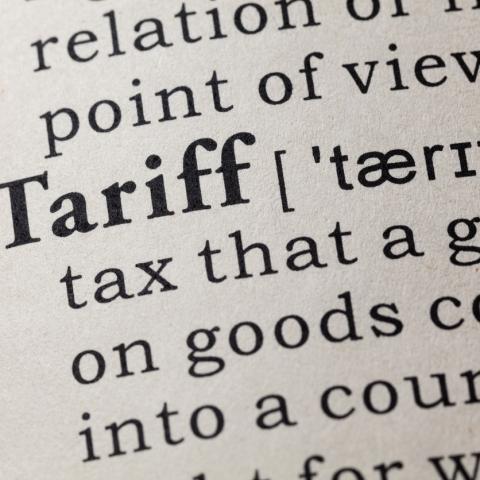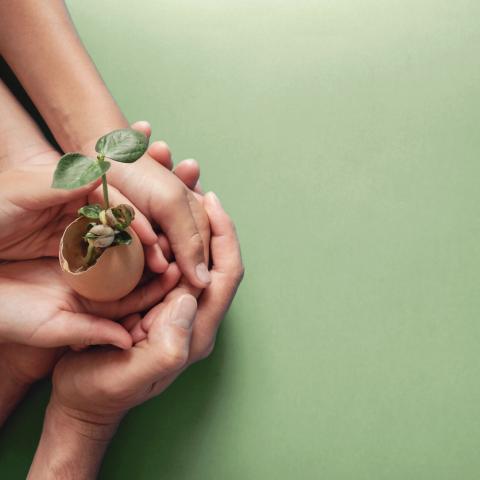Changing face of the country pub

By Andrew Adie
According to figures released last month around 30 pubs and restaurants a day have closed in the past year, driven by the coronavirus lockdown, and with worse expected to come.
Yet yesterday (12 April) offers the opportunity for the long-road back to commercial viability to begin.
The question that will face many pubs, particularly in the countryside, is what does that future look like?
I vividly remember, tragically many years ago, working as a journalist in Lincolnshire and covering the story of one of my favourite country pubs which was taken over by a ‘hospitality entrepreneur’ who ‘reimagined’ the old pub into a pirate themed bar called something excruciating like the ‘Jolly Roger’.
It didn’t survive the ‘reimagination’ effort. It wasn’t very surprising. I think the young, drinking crowd he envisaged were in Manchester, Sheffield or Birmingham, they were definitely not in a small, quiet market town surrounded by a rural agricultural community. Or at least not in the numbers that would have filled the rum barrel and rigging swathed interior of the ‘Jolly Roger’.
However, as I now look around the countryside of rural Kent I see equally improbable transformations taking place, as landlords look to get ahead of changing consumer behaviours and tastes which are arguably even more difficult to understand.
What will people want to do when lockdown lifts? Will more of us have become converts to being cocooned at home with our own food, drink and company or are we going to see a surge in people throwing caution to the wind and desperately looking to meet, socialise and relax in pubs and restaurants?
The answer will soon be revealed but anecdotal evidence from colleagues, family and friends is that tables at nice country pubs are like gold dust: booked out for weeks, invites traded like gemstones and expectations raised to the roof.
It’s also fascinating to see how pubs, driven by landlords and entrepreneurs who appear to have a more solid grip on their clientele than the owner of the ‘Jolly Roger’, have transformed their operations.
Our local pub has decked over part of its car park and created a margarita terrace, complete with 526 high voltage heat lamps (my estimate) to avoid community frost-bite.
A number of pubs have developed walking maps and routes to encourage people to re-discover the pub stroll. Pub gardens filled with Scandi pods and domes are cropping up and pretty much every pub in the area runs grocery box services, take out teas, coffees and drinks and food parcels.
Some have started hosting mini-farmers markets, selling fruit and veg, incorporating Post Office services and even running Pilates classes. Almost all seem to be trying to upscale their food offers, presumably on the assumption that people may be staying for shorter times, drinking less and travelling further to get the rare joy of a table at the pub. If you can’t lure then with mere drinks then the food better be knock-out.
I’ll be fascinated to see how long these innovations last and whether the buying and living local phenomena that has been a necessity of Covid lockdown and restrictions results in people being more supportive of their local communities and local businesses.
One thing we can be fairly sure of is that the advances made in internet shopping are likely to be here for keeps, COVID accelerated a structural change and its going to be hard to put that genie back in the bottle.
If pubs, especially in the countryside, are to compete with subscription beer and wine services, gourmet food boxes and the joyful ease of online grocery deliveries, then they are going to have to up their game and also compete on the same turf.
So, while many pubs will, sadly, continue to close, the ones that survive may look quite different to the way they did pre lock-down. As long as they don’t introduce rigging, light-up skeletons and faux rum barrels, I think I can live with the change. Viva the country pub!








